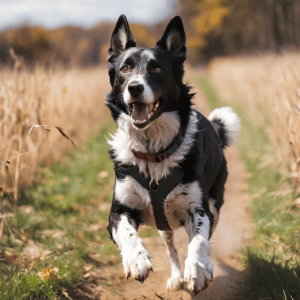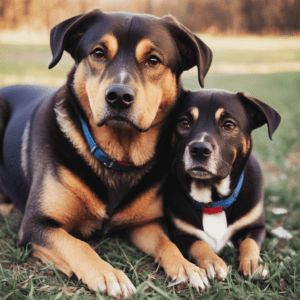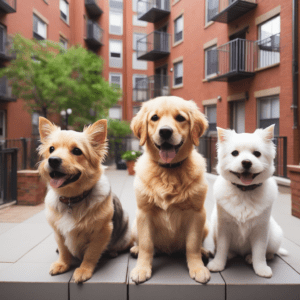how to housebreak an older dog When it comes to housebreaking older dogs, many pet owners believe the old adage, “You can’t teach an old dog new tricks.” However, contrary to popular belief, with patience, consistency, and the right approach, it is entirely possible to successfully housebreak an older dog.
Whether you’ve recently adopted a senior canine or you’re dealing with potty training challenges in your aging furry friend, this guide is here to debunk myths and provide you with expert tips and techniques for effective housebreaking.
Understanding the Challenges of Housebreaking Older Dogs
Factors Contributing to Difficulty in Housebreaking:
As dogs age, they may experience physical and cognitive changes that can impact their ability to learn and adapt to new routines. Health issues such as arthritis or urinary incontinence can make it challenging for older dogs to control their bladder and bowel movements. Additionally, older dogs may have established habits and behaviors that require more effort to modify.
Common Behavioral Issues in Older Dogs
Senior dogs may exhibit reluctance or resistance to housebreaking due to various factors, including anxiety, fear, or previous negative experiences. Some older dogs may also struggle with cognitive decline, leading to forgetfulness or confusion regarding appropriate bathroom behavior.
Addressing Misconceptions About Training Older Dogs
One of the most common misconceptions about training older dogs is that they are set in their ways and cannot learn new behaviors. However, while older dogs may require more patience and consistency compared to younger counterparts, they are still capable of learning and adapting to new routines with the right approach.
Step-by-Step Guide to Housebreaking an Older Dog
Assessing the Dog’s Current Habits and Behavior
Before embarking on a housebreaking journey with your older dog, take the time to observe their current bathroom habits and behavior patterns. Note any specific triggers or cues that indicate when they need to relieve themselves.
Establishing a Consistent Routine for Potty Breaks
Consistency is key when it comes to housebreaking older dogs. Set a regular schedule for potty breaks, including first thing in the morning, after meals, before bedtime, and at regular intervals throughout the day. Stick to the schedule as closely as possible to help your older dog anticipate and adjust to their bathroom routine.
Implementing Positive Reinforcement Techniques
Positive reinforcement is a powerful tool for teaching and reinforcing desired behaviors in older dogs. When your dog eliminates in the appropriate location, whether it’s outdoors or on a designated potty pad indoors, be sure to praise and reward them with treats or verbal praise. This good association will motivate individuals to reprise their actions in the future.
Introducing Appropriate Toilet Training Aids
Depending on your living situation and your dog’s needs, you may choose to use various toilet training aids, such as indoor potty pads, litter boxes, or doggy doors. Introduce these aids gradually and provide guidance and encouragement as your older dog learns to use them effectively.

Addressing Accidents and Setbacks with Patience and Consistency
Accidents are inevitable during the housebreaking process, especially with older dogs. Instead of getting angry or dissatisfied see mishaps as learning opportunities. Clean up messes promptly and avoid punishing your dog for accidents, as this can create fear and anxiety. Instead, refocus on reinforcing positive behaviors and maintaining a consistent routine.
Step-by-Step Guide to Housebreaking an Older Dog
Assessing the Dog’s Current Habits and Behavior
Before embarking on a housebreaking journey with your older dog, take the time to observe their current bathroom habits and behavior patterns. Note any specific triggers or cues that indicate when they need to relieve themselves. Keep a journal or log to track when accidents occur and any patterns that emerge.
Establishing a Consistent Routine for Potty Breaks
Consistency is key when it comes to housebreaking older dogs. Set a regular schedule for potty breaks, including first thing in the morning, after meals, before bedtime, and at regular intervals throughout the day. Older dogs may have less control over their bladder and bowels, so it’s essential to offer frequent opportunities for them to relieve themselves.
Implementing Positive Reinforcement Techniques
Positive reinforcement is a powerful motivator for dogs of all ages, including older ones. When your dog eliminates in the appropriate location, whether it’s outdoors or on a designated potty pad indoors, be sure to praise them enthusiastically and offer a tasty treat as a reward. You can also use verbal cues, such as “go potty” or “do your business,” to help your dog understand what is expected of them.
Introducing Appropriate Toilet Training Aids
Depending on your living situation and your dog’s needs, you may choose to use various toilet training aids to facilitate the housebreaking process. Indoor potty pads are a popular option for older dogs, especially those with mobility issues or limited access to outdoor spaces.
Litter boxes designed for dogs can also be effective, particularly for smaller breeds or dogs accustomed to using cat litter. If you prefer your dog to go outdoors, consider installing a doggy door or using a leash to take them outside regularly.
Addressing Accidents and Setbacks with Patience and Consistency
Accidents are a natural part of the housebreaking process, especially with older dogs who may have bladder control issues or difficulty learning new behaviors. Instead of getting frustrated or angry, remain calm and patient when accidents occur.
Clean up messes promptly using an enzymatic cleaner to remove odors and discourage repeat accidents. Avoid scolding or punishing your dog for accidents, as this can create fear and anxiety and hinder the training process. Instead, focus on reinforcing positive behaviors and maintaining a consistent routine to help your dog succeed.
Monitoring Progress and Making Adjustments
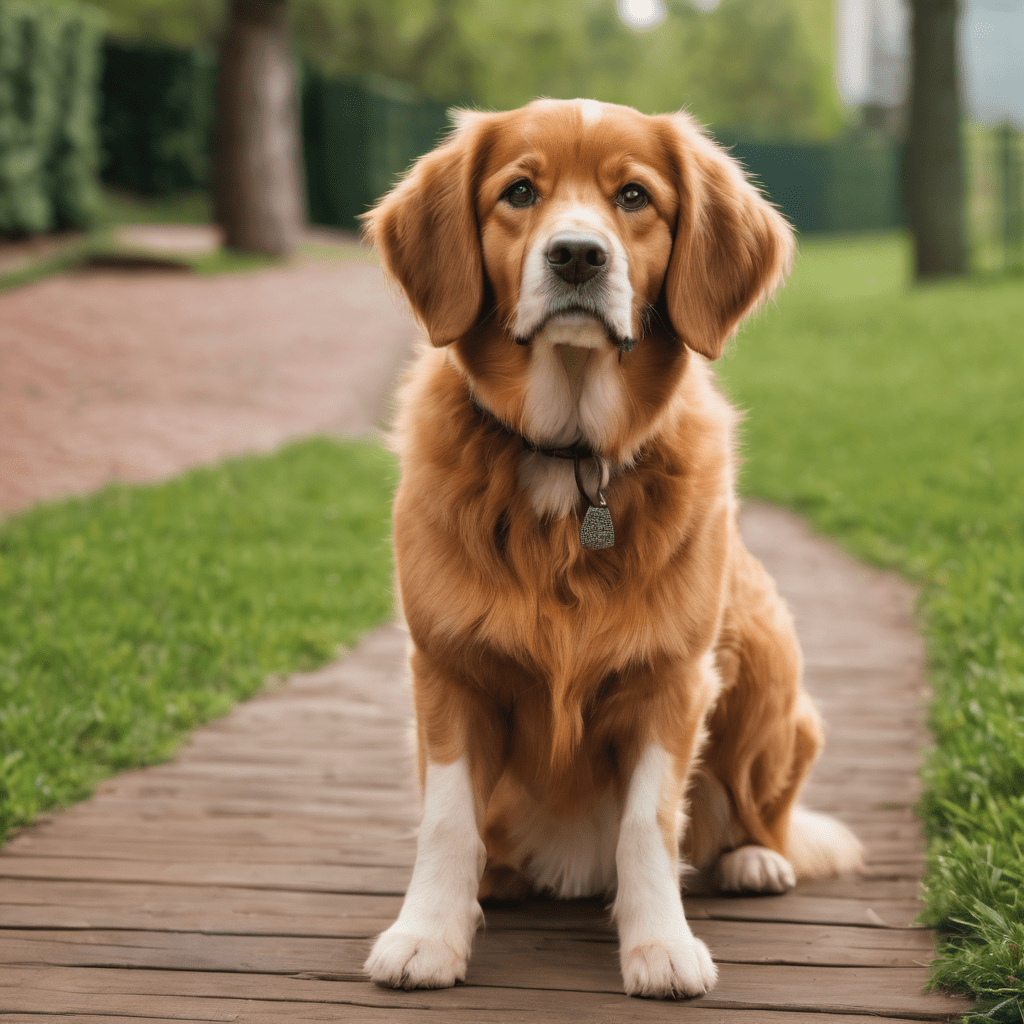
As you work through the housebreaking process with your older dog, it’s essential to monitor their progress and make adjustments as needed. Pay attention to any changes in your dog’s behavior or bathroom habits and adjust your training approach accordingly.
If you’re not seeing progress or if your dog is struggling with specific aspects of the training, don’t hesitate to seek guidance from a professional dog trainer or behaviorist. With patience, consistency, and positive reinforcement, you can successfully housebreak your older dog and enjoy a happy, harmonious relationship for years to come.
Effective Methods and Techniques for Housebreaking Older Dogs
Successfully housebreaking an older dog requires patience, consistency, and understanding of their unique needs. In this section, we’ll explore various methods and techniques tailored specifically for older dogs to help you achieve potty training success.
Gradual Transition to Desired Bathroom Habits
Transitioning an older dog to new bathroom habits may take time, especially if they’ve developed ingrained behaviors over the years. Take a gradual approach to housebreaking, slowly introducing new routines and reinforcing positive behaviors. Start by closely monitoring your dog’s bathroom schedule and gradually extending the time between potty breaks as they become more reliable. Be patient and persistent, and celebrate small victories along the way.
Quick Tips for Immediate Improvement
While long-term consistency is essential for successful housebreaking, there are also short-term solutions you can implement to address immediate challenges. For example, if your older dog is having accidents indoors, consider using belly bands or diapers to manage accidents while you work on training. These temporary solutions can help prevent messes and reduce frustration while you focus on long-term training goals.
Tailoring Training Methods for Specific Situations
Older dogs may have unique needs and challenges that require tailored training approaches. For example, if your older dog has mobility issues or difficulty accessing outdoor spaces, consider using indoor potty pads or litter boxes to facilitate bathroom breaks. Similarly, if your dog experiences anxiety or fear related to housebreaking, focus on building trust and confidence through positive reinforcement techniques.
Using Technology and Tools to Aid in Housebreaking
Advancements in technology have made it easier than ever to monitor and manage your dog’s bathroom habits. Consider using indoor/outdoor cameras or motion sensors to track when your dog needs to go outside or alert you to potential accidents indoors. Additionally, there are various apps and devices available that can help you track your dog’s bathroom schedule and progress, providing valuable insights into their training needs.
Addressing Medical Issues Affecting Potty Training
In some cases, underlying medical issues may contribute to potty training challenges in older dogs. If your dog is experiencing frequent accidents or struggling with bladder or bowel control, consult with your veterinarian to rule out any underlying health conditions. Addressing medical issues promptly can help alleviate discomfort and improve your dog’s ability to learn and adapt to new bathroom habits.

By incorporating these effective methods and techniques into your housebreaking routine, you can set your older dog up for success and create a positive and rewarding training experience for both of you. Remember to be patient, consistent, and understanding of your dog’s individual needs, and celebrate progress every step of the way. Stay tuned for the next section, where we’ll delve into overcoming common challenges in housebreaking older dogs.
Overcoming Common Challenges in Housebreaking Older Dogs
Housebreaking older dogs can present unique challenges due to age-related factors and established behaviors. In this section, we’ll explore common obstacles you may encounter during the housebreaking process and strategies for overcoming them.
Dealing with Medical Issues Affecting Potty Training
Older dogs may experience health issues such as urinary incontinence, arthritis, or cognitive decline, which can impact their ability to control their bladder and bowel movements. If your dog is having frequent accidents or struggling with potty training, consult with your veterinarian to rule out any underlying medical conditions. Treatment options, such as medication or physical therapy, may help alleviate symptoms and improve your dog’s ability to participate in housebreaking training.
Managing Separation Anxiety and Other Behavioral Issues
Separation anxiety and other behavioral issues can interfere with the housebreaking process in older dogs. If your dog exhibits signs of anxiety or stress when left alone, they may be more prone to accidents indoors. To address separation anxiety, gradually acclimate your dog to being alone through desensitization techniques and provide them with mental and physical stimulation during periods of separation.
Additionally, consider implementing calming aids such as pheromone diffusers or anxiety-relief supplements to help your dog feel more relaxed and secure.
Addressing Territorial Marking and Other Instinctual Behaviors
Some older dogs may engage in territorial marking behavior, especially if they’re not neutered or spayed. Territorial marking can pose challenges to housebreaking, as dogs may be more inclined to urinate indoors to assert their territory. To address territorial marking,
focus on reinforcing appropriate bathroom behaviors through positive reinforcement and providing plenty of opportunities for outdoor potty breaks. Additionally, consider neutering or spaying your dog if they’re not already altered, as this can help reduce marking behavior in many cases.
Tips for Housebreaking in Specific Environments
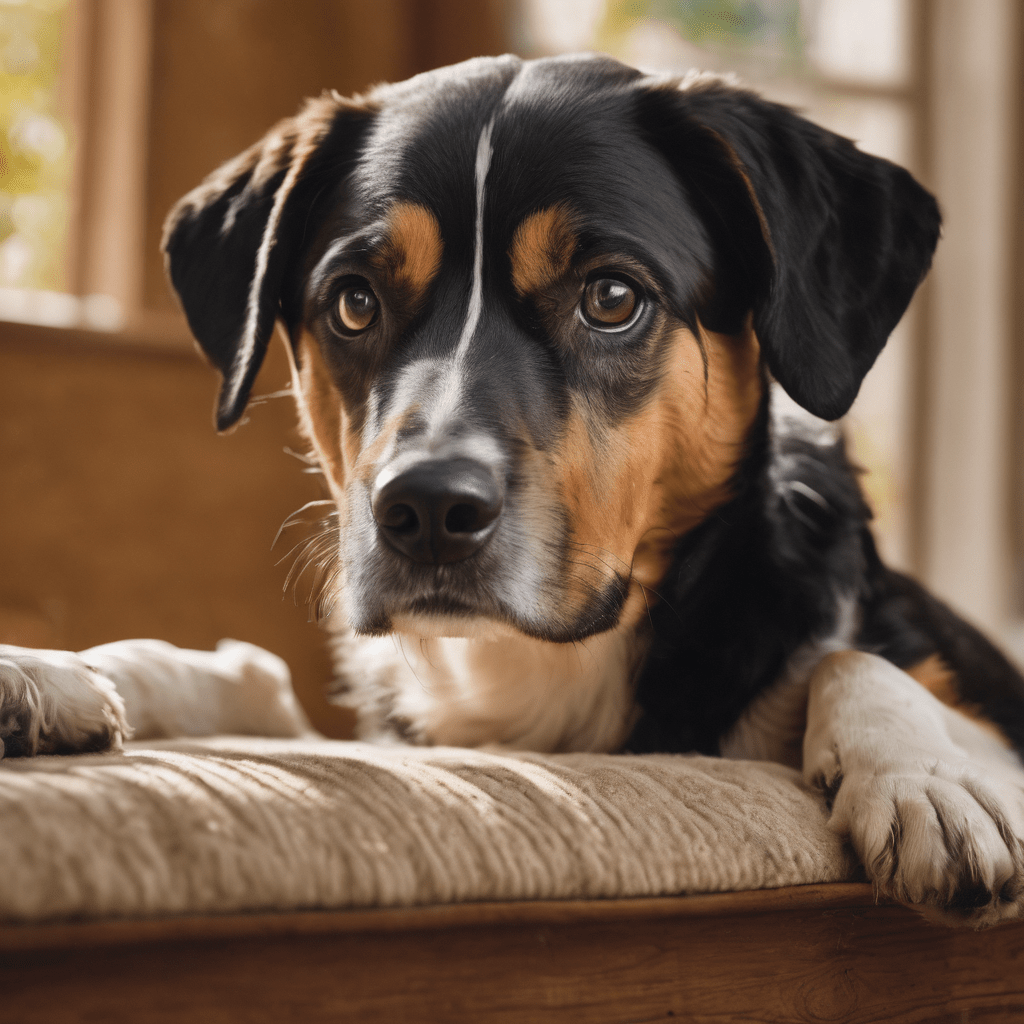
Housebreaking an older dog in specific environments, such as apartments or multi-pet households, may require additional planning and consideration. In apartments, for example, you may need to rely on indoor potty solutions such as potty pads or litter boxes, especially if access to outdoor spaces is limited.
In multi-pet households, establish separate potty areas for each dog to prevent territorial disputes and encourage proper bathroom habits. Consistency and patience are key in any environment, so stick to your housebreaking routine and adapt as needed to accommodate your dog’s needs.
Seeking Professional Guidance and Support
If you’re struggling to overcome housebreaking challenges with your older dog, don’t hesitate to seek professional guidance from a certified dog trainer or behaviorist. These professionals can provide personalized guidance and support tailored to your dog’s specific needs and help you develop a customized training plan to address housebreaking issues effectively.
With patience, consistency, and the right support system in place, you can overcome common challenges and successfully housebreak your older dog, creating a harmonious and stress-free living environment for both you and your furry friend.
Real-life examples of successful housebreaking experiences with older dogs
Real-life success stories and testimonials can provide valuable inspiration and motivation for pet owners facing challenges in housebreaking their older dogs. In this section, we’ll share some heartwarming stories of pet owners who have successfully housebroken their senior canine companions, demonstrating that with dedication and patience, potty training older dogs is achievable.
Bailey’s Journey to Potty Training Success
Bailey, a ten-year-old Labrador Retriever, struggled with housebreaking after being adopted from a shelter. His new owners, John and Sarah, were initially discouraged by Bailey’s frequent accidents indoors and reluctance to go outside. However,
with consistent training and positive reinforcement, they gradually helped Bailey overcome his fear and anxiety around outdoor potty breaks. Through patience and perseverance, Bailey learned to signal when he needed to go outside and now enjoys regular walks and outdoor playtime without accidents.
Max’s Transformation from Territorial Marker to Housebreaking Champion
Max, a seven-year-old Beagle mix, had a habit of marking his territory indoors, making housebreaking a daunting task for his owners, Mark and Lisa. Determined to help Max break this habit, Mark and Lisa worked with a professional dog trainer to implement a structured training plan focused on positive reinforcement and behavior modification.
With time and consistency, Max learned to associate outdoor potty breaks with praise and rewards, gradually reducing his marking behavior indoors. Today, Max is a proud housebreaking champion, and Mark and Lisa couldn’t be happier with his progress.
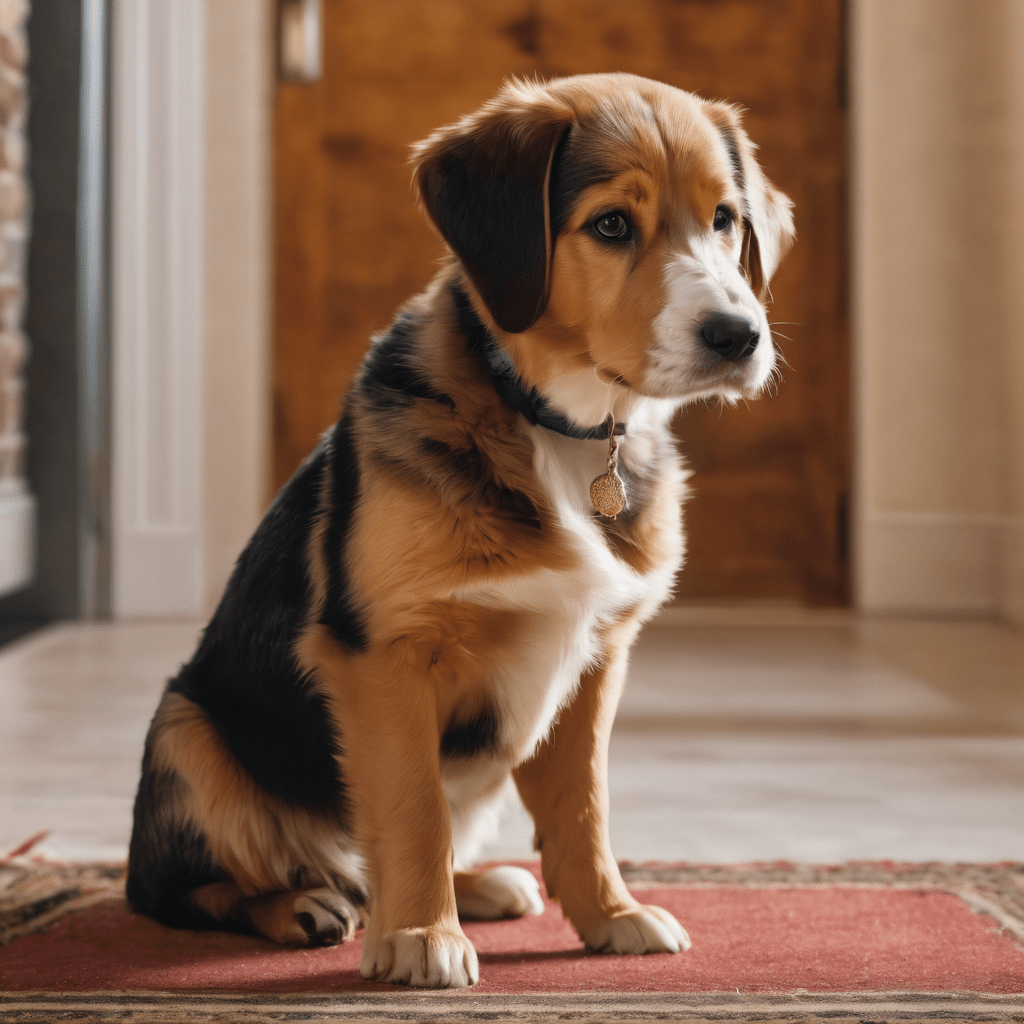
Overcoming Medical Challenges in Housebreaking
Rosie, a twelve-year-old Shih Tzu, faced numerous health challenges, including arthritis and urinary incontinence, which made housebreaking particularly challenging for her owner, Emily. Despite Rosie’s medical issues, Emily was determined to help her regain control of her bladder and bowel movements.
With guidance from Rosie’s veterinarian, Emily implemented a combination of medication, dietary changes, and physical therapy to manage her health issues and support her housebreaking efforts. Through patience and dedication, Rosie made remarkable progress, and today, she enjoys a comfortable and dignified retirement in her loving home.
From Rescue Dog to Housebreaking Success Story
Duke, a nine-year-old German Shepherd mix, was rescued from a neglectful situation and struggled with numerous behavioral issues, including housebreaking, when he was adopted by his new owner, Michelle. Despite Duke’s challenging past, Michelle was committed to helping him overcome his fears and insecurities.
Through positive reinforcement training and lots of love and patience, Michelle helped Duke build confidence and trust, paving the way for successful housebreaking. Today, Duke is a happy and well-adjusted member of the family, and Michelle couldn’t be prouder of his transformation.
Overcoming Separation Anxiety and Housebreaking Hurdles
Molly, a senior Dachshund, suffered from severe separation anxiety, which made housebreaking a daunting task for her owner, Tom. Molly would become anxious and distressed whenever Tom left the house, leading to frequent accidents indoors. Determined to help Molly overcome her anxiety and housebreaking challenges,
Tom worked with a dog behavior specialist to implement a comprehensive training plan focused on desensitization and positive reinforcement. With time and patience, Molly learned to manage her anxiety and gained confidence in her ability to hold her bladder until Tom returned home. Today, Molly is a happy and well-adjusted dog, and Tom is grateful for the bond they share.
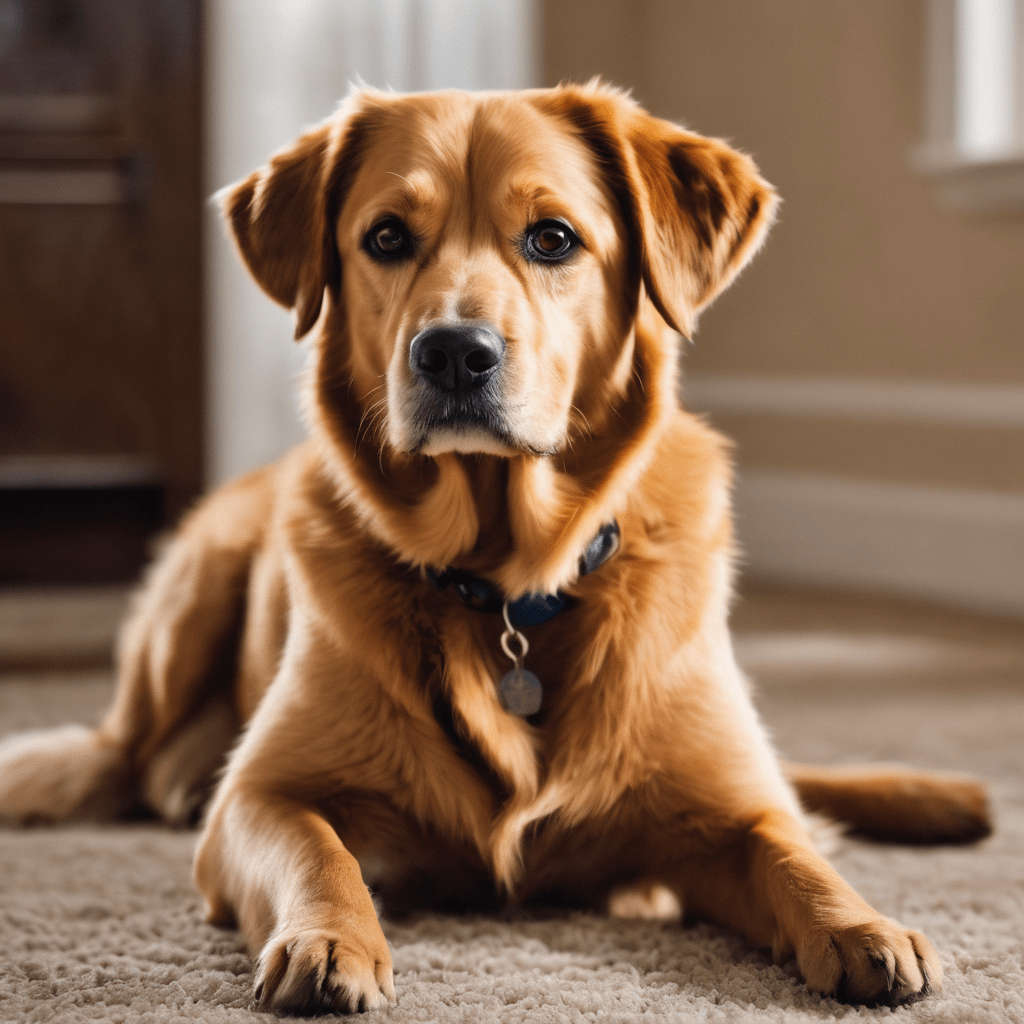
Conclusion
Housebreaking older dogs may present unique challenges, but with patience, persistence, and the right approach, it is entirely possible to achieve success. Throughout this guide, we’ve explored various methods and techniques tailored specifically for older dogs, addressing common obstacles and providing practical strategies for overcoming them.
From assessing your dog’s current habits and establishing a consistent routine to implementing positive reinforcement techniques and addressing medical issues, we’ve covered all aspects of the housebreaking process. By understanding the unique needs of older dogs and tailoring your approach accordingly, you can create a positive and rewarding training experience for both you and your furry friend.
Real-life success stories and testimonials from pet owners like you serve as a source of inspiration and motivation, demonstrating that with dedication and patience, potty training older dogs is achievable. Whether it’s Bailey’s journey to overcoming fear and anxiety, Max’s transformation from territorial marker to housebreaking champion, or Rosie’s road to recovery from medical challenges, each story highlights the resilience and determination of both dogs and their owners in achieving housebreaking success.
As you embark on your own housebreaking journey with your older dog, remember to celebrate small victories, stay patient in the face of setbacks, and seek support and guidance when needed. Whether you’re dealing with separation anxiety, territorial marking, or medical issues, there are resources and professionals available to help you overcome challenges and achieve your housebreaking goals.




